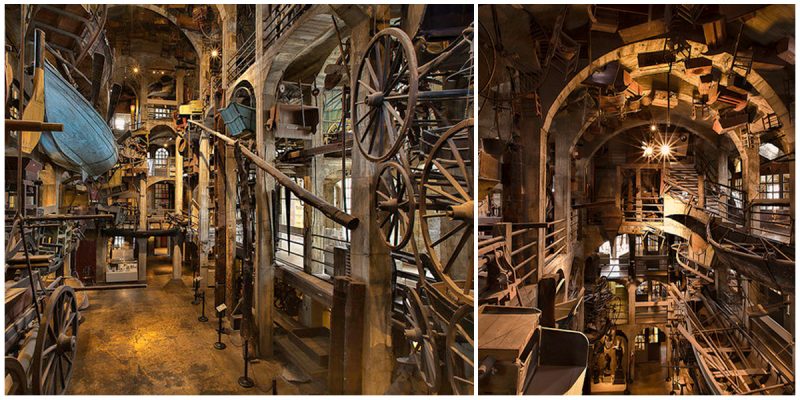The Mercer Museum is a museum located in Doylestown, Pennsylvania, United States. Designed and built by archeologist Dr. Henry Chapman Mercer, the Mercer Museum is reminiscent of a castle, inside and out. It is built entirely of reinforced concrete and is one of the earliest and most impressive examples of this method of construction.
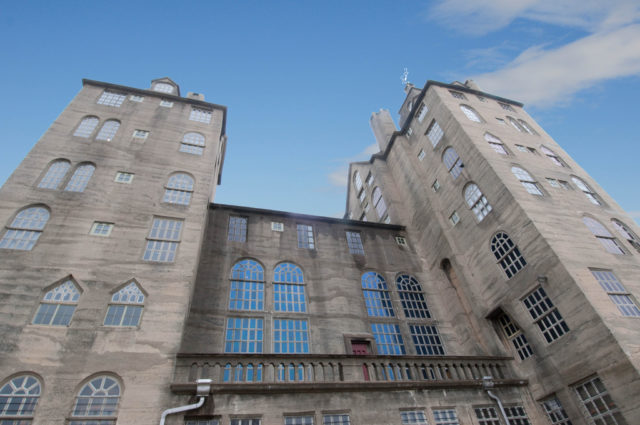
The museum is one of the three poured-in-place concrete structures built by Mercer. The others include his home Fonthill and the Moravian Pottery and Tile Works, both of which are located one mile from the museum.
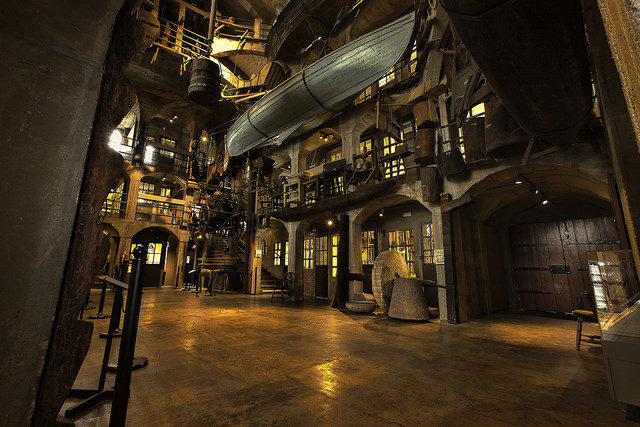
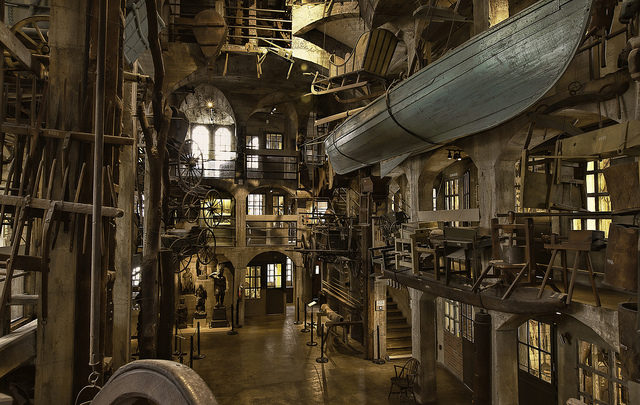
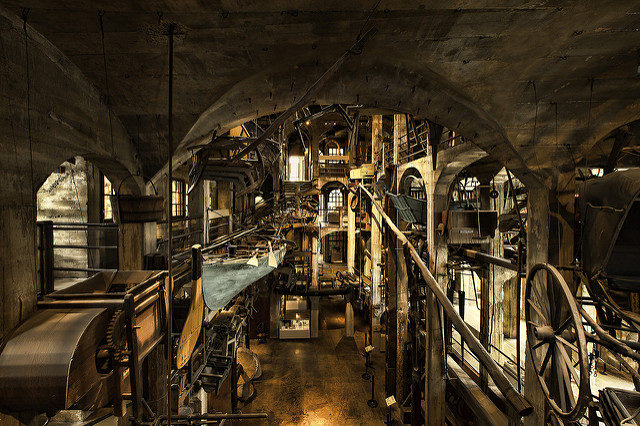
In the late 19th and early 20th centuries, Mercer collected pre-industrial hand tools and other implements of the past. He believed that the story of human progress and accomplishments was told by the tools and objects that people used and saw these time-honored crafts slowly disappearing from memory. Mercer wanted to make sure that progress didn’t wipe out evidence of America’s early productivity. Interestingly enough, however, these items weren’t collected years after their use but were often picked up while they were still contemporary machinery.
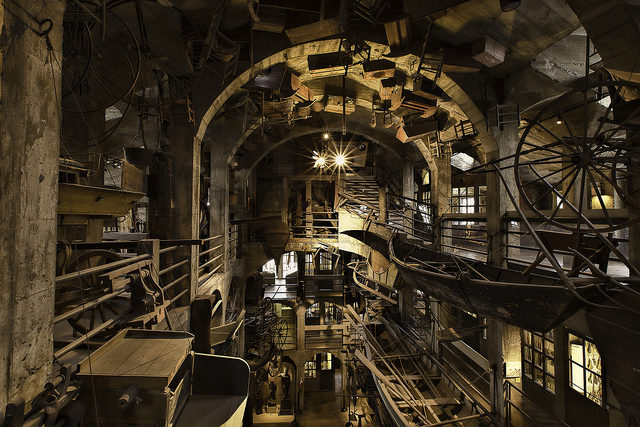
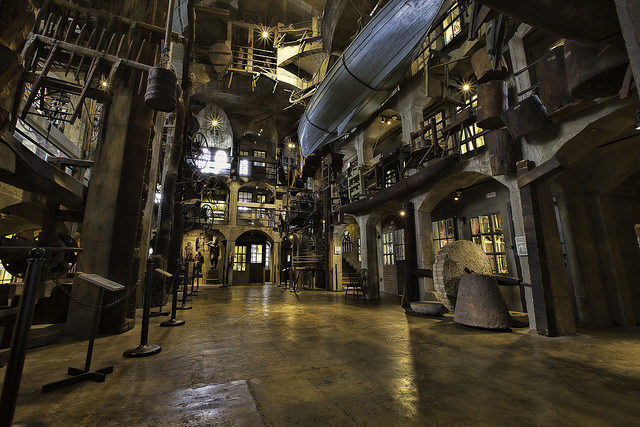
Mercer personally designed plans for a museum to house his collection. In addition to tools, it displays furnishings of early America, stove plates, a gallows, antique fire engines and the Lenape Stone. The towering central atrium of the Museum was used to hang the largest objects such as a whale boat, stagecoach, and Conestoga wagon.

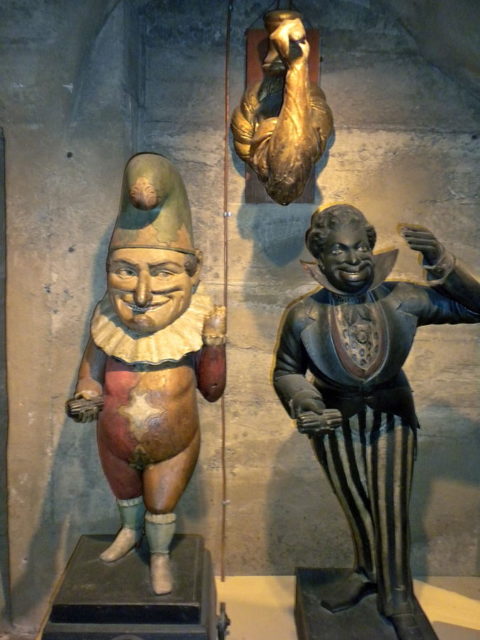
Despite Mercer’s passion for common items, he also saved some oddities. There’s a shoe made for the foot of a giant slave. A collection of nightmarish cigar-store figures. A room filled with creepy stove plates and fireplace tiles. The gallows on which Bucks County last hanged a criminal in 1914.
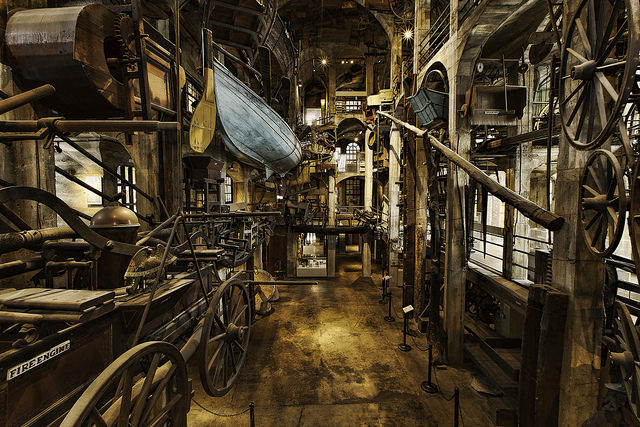
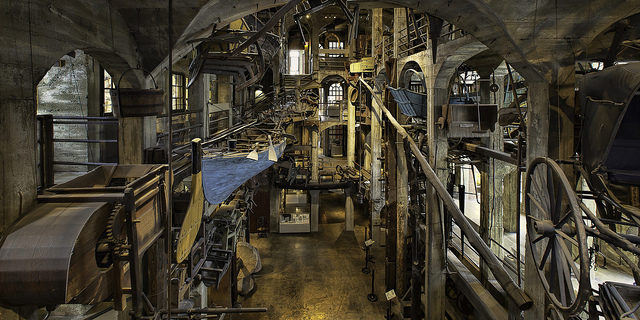
Mercer decided to build with concrete after the Great Boston Fire of 1872 destroyed his aunt’s prized collection of medieval armor, which had been stored in wooden structures. He did not want his own collections to suffer the same fate. Locals mocked his choice of building materials, but on completion of the museum, he lit a bonfire on its roof to prove that it was fireproof .
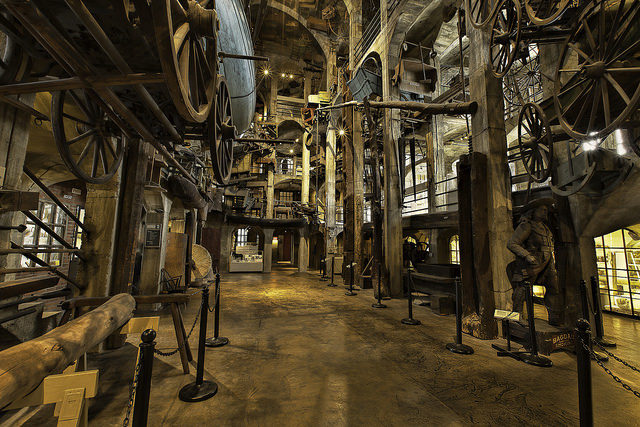
It was individually listed on the National Register of Historic Places in 1972 and was later included in a National Historic Landmark District. The Museum has made major advances in collections management and care, exhibitions, and interpretation bringing the Museum in line with contemporary standards while, at the same time, respecting the historical integrity of the site.
